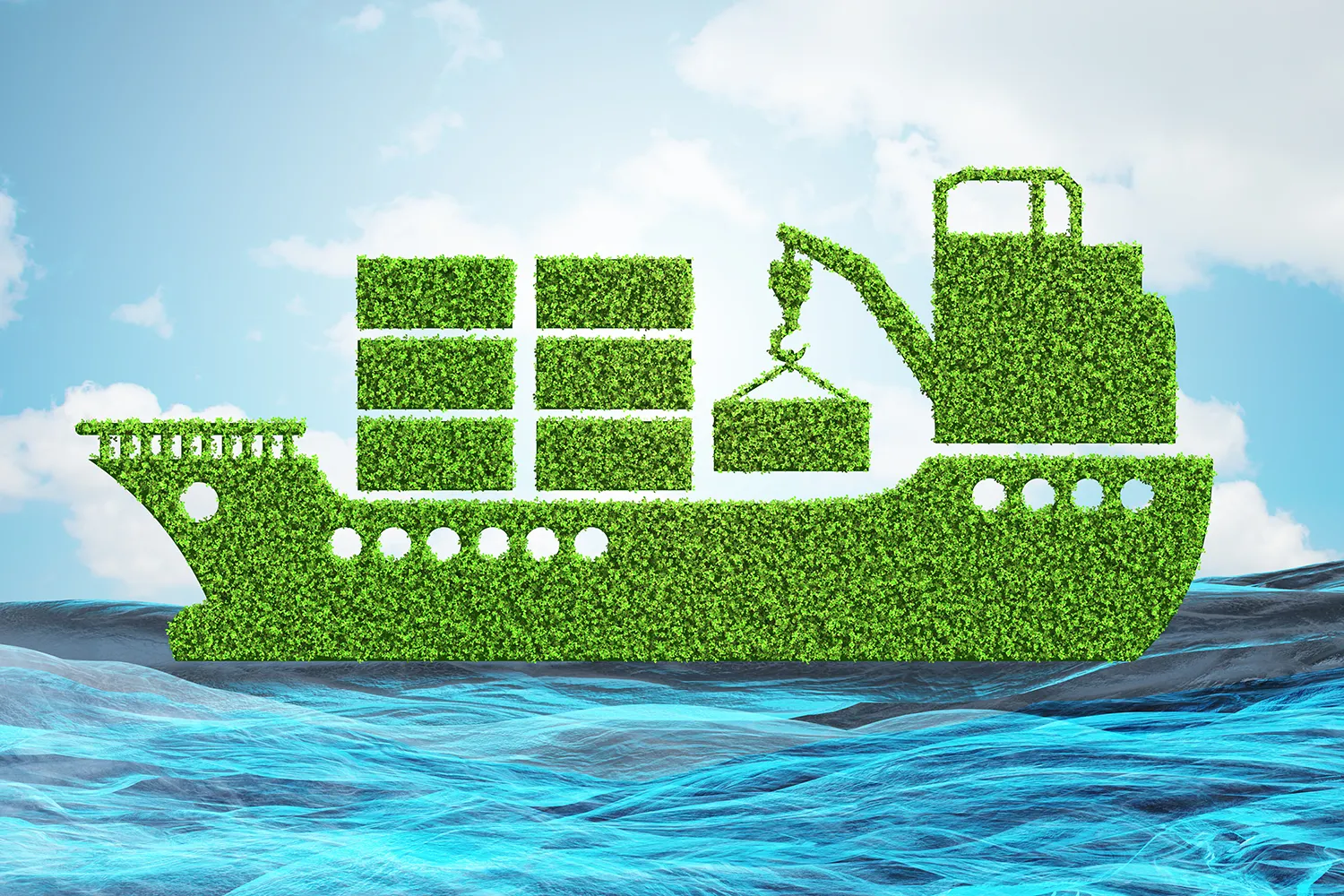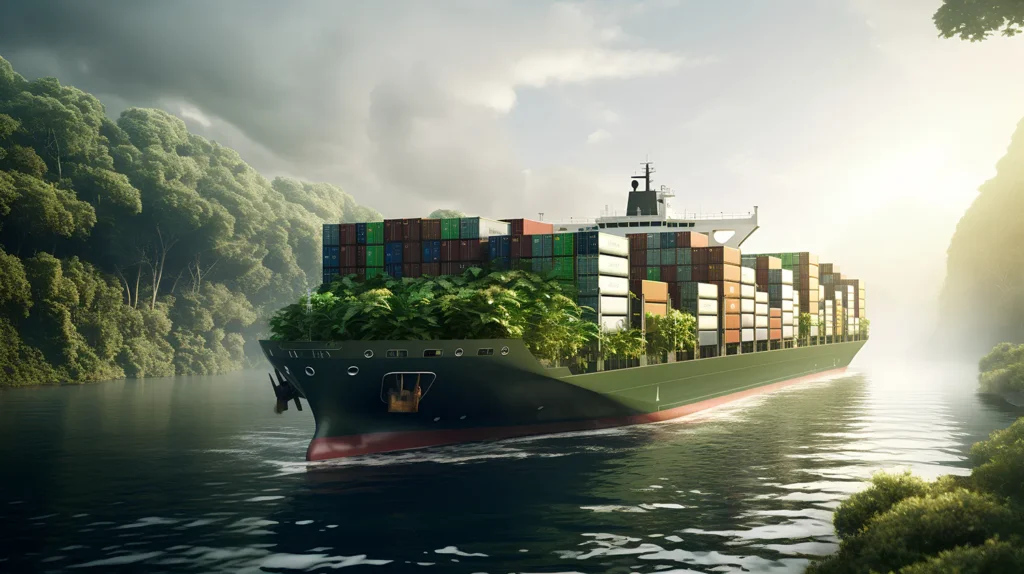
Sea Freight: The Green Lifeline of Global Trade



The Carbon Footprint Conundrum
In an era where environmental consciousness is not just a choice but a necessity, businesses across the globe are seeking sustainable alternatives in every operational facet. One such critical area is transportation, where sea freight emerges as a beacon of eco-friendliness. As companies navigate the complexities of global trade, the maritime shipping industry offers a compelling proposition for your next shipment. Here’s why sea freight is the green choice that aligns with the ethos of sustainability.
Transportation is a significant contributor to global carbon emissions, with various modes of transport impacting the environment differently. When compared to air or road transport, sea freight stands out for its lower carbon footprint. The International Maritime Organisation (IMO) has noted that ships are by far the most carbon-efficient mode of transportation, considering the massive volumes they can carry.
Scaling the Sustainability Ladder
Sea freight’s sustainability doesn’t just stop at low carbon emissions. The industry is continually scaling new heights with innovations aimed at reducing environmental impact. From fuel-efficient engines to the use of low-sulphur fuels and solar-powered vessels, the maritime sector is steering towards a greener horizon.

The Ripple Effect of Slow Steaming
One of the most impactful strategies adopted by shipping companies is ‘slow steaming’, where ships operate at lower speeds to reduce fuel consumption. This practice not only cuts down on emissions but also minimizes the noise pollution affecting marine life, showcasing a holistic approach to environmental stewardship.
A Voyage Towards Renewable Energy
The quest for renewable energy is setting sail in the sea freight industry. With projects exploring wind-assisted propulsion and the potential of biofuels, the sector is not just riding the waves but harnessing them for a sustainable future.
The Eco-Friendly Economics
Choosing sea freight isn’t just a nod to Mother Nature; it’s also a financially sound decision. The economies of scale make it a cost-effective option, allowing businesses to allocate resources towards other eco-friendly initiatives, creating a virtuous cycle of sustainability.
The Bottom Line
As the world moves towards a greener economy, sea freight offers a viable and responsible choice for your next shipment. By opting for maritime transport, businesses can significantly reduce their environmental impact while still participating in the global marketplace. It’s a win-win situation where the planet and the profit margins both benefit.
In conclusion, sea freight is not just a mode of transport; it’s a commitment to a sustainable future. As we chart the course for a cleaner planet, let the ships lead the way, carrying not just goods but the promise of a better tomorrow.
Contact JTM Cargo Management today for hassle-free transportation of your goods and cargo. Our coastal and sea freight options are secure and reliable.
